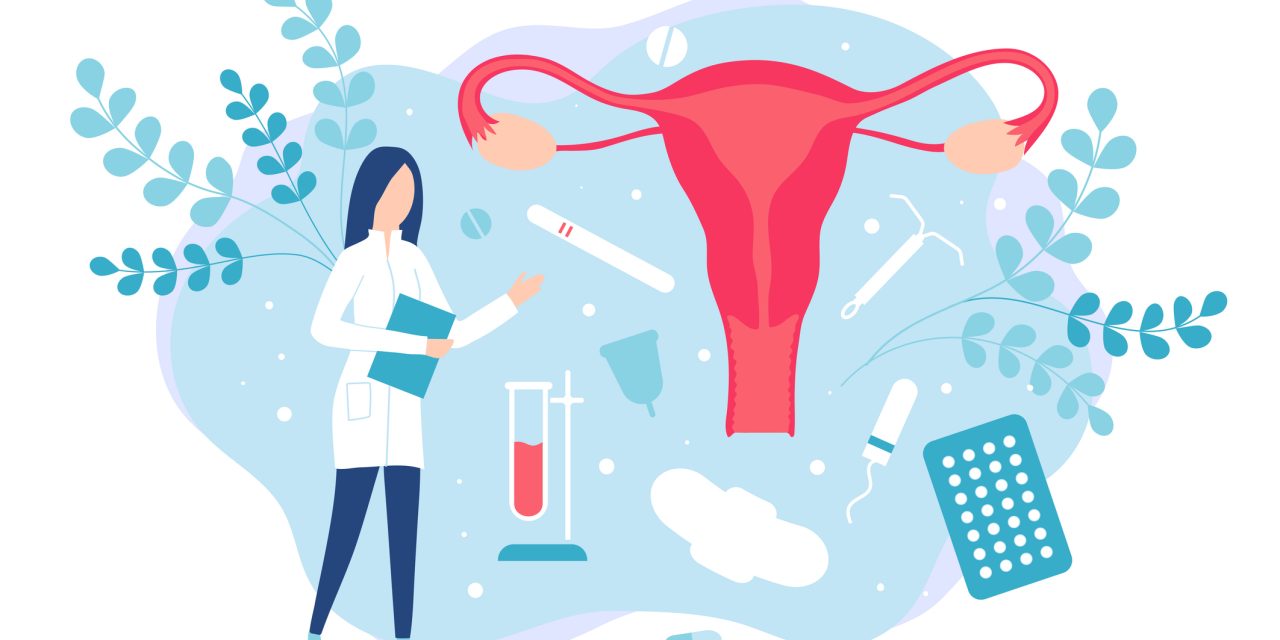For a study, researchers described trends and characteristics related to opioid use disorder (OUD) medication administration and treatment retention among pregnant women with OUD. A retrospective, countrywide, cross-sectional study of main OUD treatment episodes among pregnant women from 2013 to 2017 was conducted. The primary outcome was the start of methadone, buprenorphine, or naltrexone treatment. Secondary outcomes were treatment retention (defined as a six-month or longer treatment session) and treatment completion. To explain trends in and identify variables related to the results, descriptive statistics, and logistic regression was used.
Between 2013 and 2017, there were 42,239 treatment episodes for primary OUD among pregnant women who reported using heroin (65.0%, 27,459), synthetic opioids (33.2%, 14,034), or non-prescribed methadone (1.8%, 746). In 47.4% (20,013) of events, OUD medications were provided. Retention in treatment occurred in 16.6% of episodes without OUD drugs and 37.8% of episodes with OUD meds (P=.01). The incidence of medication administration for OUD increased from 41.0% in 2013 to 52.0% in 2017; however, retention rates among treatment episodes with medication for OUD decreased from 39.0% to 33.0%. A history of at least one past treatment episode was linked to both drug administration for OUD and treatment retention.
Despite existing standards, the majority of OUD treatment sessions during pregnancy did not involve the administration of OUD drugs. Although drug administration for OUD has improved over time, treatment retention has lagged. These findings reveal flaws in the United States’ addiction treatment system.


